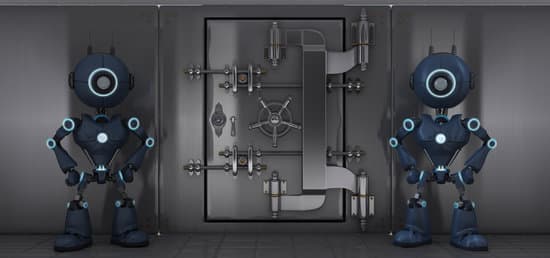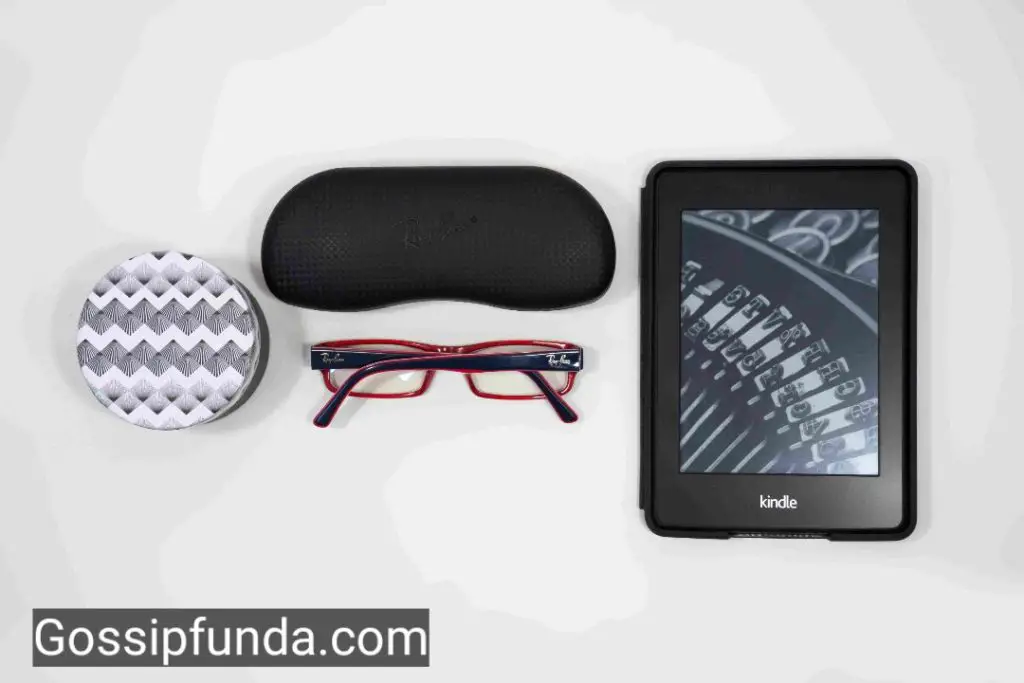Survey equipment calibration and setup
Automatic Level Calibration survey equipment setup: Gossipfunda brought all about survey equipment setup and calibration here.
Introduction
The auto level is very useful in any new construction site either railway track, bridge, road, building. The auto level is quick and easy to use. It is generally used by builders, contractors, land surveyors or an engineer who needs accurate leveling measurement. This surveying equipment is very useful for a new construction site. In the modern way of construction, it is not possible to construct a new site easily without the latest surveying equipment.
There are lots of surveying equipment such as- Total Station, Automatic level, GPS, Theodolite, surveying magnetic locators, surveying tripods, surveying bipods, prism poles, field book, common reels, prism, GPS equipment, Robotic poles, Tribrachs, electronic levels, Robotic accessories, etc.
There are lots of scientific equipment used in survey and construction. These instruments are sensitive instruments, a minor miscalibration could change in building or any construction. Therefore, it is very important to fix these instruments precisely.
This should be done by an expert or familiar with instruments that could easily do. Here Gossipfunda is with a solution on how to calibrate an automatic level and lots of features about the auto level and how many applications are there of an automatic level.
Application of automatic level
It has lots of application that’s why it is the most demanding equipment. Here are some most important applications of automatic level are mentioned below-
Height difference measurement
It is very easy to measure the height difference with the help of an automatic level.
- You must set up the instrument approximately at the mid of two predefined points such as A and B.
- Users must set up staff vertically at points A and B.
- Take the reading of A-side and note it as ‘a’.
- Take a reading of B side and note it as ‘b’.
- The difference between a and b (a-b) is the height difference between A and B.
- If the distance between A and B is large or Height difference is too high. So divide the distance between A and B into many sections.
- To check the altitude of particular can be calculated.
- “An attitude of a specific point=altitude of known point + sum of backside values – sum of foresight values”.
- This simple method has no error, could be used easily
Download our App: Gossipfunda
Horizontal angle measurement
Angle measurement is very important for construction and it could be easily calculated as mentioned below-
- A horizontal circle is a disc-like structure in the auto level rotates in a clockwise direction and angle is measured in left in the right direction.
- First of all, the surveyor must set up an auto-level above the specific or surveying point.
- Focus to Point A (any specific point for particular direction) and rotate the positioning ring and set is at 0 degrees.
- Focus to point B and take the angle reading.
- This way with the help of auto-level the angle can be calculated easily.
Distance measurement
Distance could be measure with the help of stadia lines. There two types of lines in auto level focus one is stadia lines and another is cross lines. How to measure the distance between surveyors and target site can be calculated as mentioned below-
- Set the auto-level and staff properly.
- Focus on staff and note down the distance between two small lines known as stadia in centimeter.
- Let the stadia length is ‘l’ cm
- This ‘l’ cm is equal to ‘l’ meter distance between staff and auto-level.
In this way, the distance between staff and the auto-level could be calculated. It is a very easy and quick method to find the distance.
Instrument prelim setting
- A surveyor must spread the tripod legs such that the tripod head must be in level and fix the tripod shoes in the soil firmly so that it could move while surveying.
- Setup the auto level on the tripod head and tightened with the help of the centering screw.
- Level the instrument with the help of leveling foot screw and keep in mind the bubble must be in the center circle.
- The instrument must be in level in the bubble will not vary while rotating the auto level with some angles.
Focusing or Sighting
- Peep sight to point the objective lens at the target.
- With the help of the eyepiece reticle, the cross-line must be focused.
- With the help of horizontal fine motion screw focus on the target and with the help of focusing knob, focus the target.
- Look through the telescope and move eye slightly horizontal and vertical if there is no parallax, it means your instrument is ready to use.
Calibration of Auto level
The auto level is a sensitive instrument it must be used carefully and keep it safe. As it is used in far sights or in rough places there might be more dust and temperature, traveling jerk causes the instrument miscalibrated. With the miscalibrated auto level, the survey could be complete precisely. A surveyor may or may not be able to calibrate a miscalibrated equipment. Gossipfunda is providing a complete solution and step, on how to calibrate a miscalibrated instrument. many things that might be kept in mind while calibration. These important steps are mentioned below please read it till last-
How to set staff
Staff is a very important part of the survey. It helps to calculate the height of land or building and others. There is a concept of setting up staff while calibration of the auto-level. Technicians will set staff at two places name them A and B. it is very important both staff must be at the same height. If your device would be miscalibrated then you could not set both staffs at the same height. Set tripod approximately in mid of two-point A and B and take a new auto level and set the staff at the same height.
There is a very simple technique to set at the same height, keep one staff as it is and move second staff and set when reaching the same height as the first one. In this way, both staff must be set up at the same height and calibration’s next step could be taken.
How to set bubble out
For accurate measurement auto-level must be in level, for this as it already discussed set the bubble in a circle. Suppose you have set the bubble and you rotate the auto level then bubble must not be out of the circle. If a bubble if disturbing then it is required to bubble calibration. If you are familiar with it then you must do what I am going to tell otherwise your auto level will be a high disturbance of bubble. It’s a very sensitive part of auto-level a minor change lead to a huge loss. There are two screws beside the bubble. These two pins are called the calibration screw. With the help of these two screws, the technician calibrates the bubble error. user Keep in mind some time bubbles also become faulty then it must be changed.
How to calibrate Auto level issues
The automatic level machine will have many issues, the technician must find out what is the exact issue with particular there might normal misconfiguration which can be calibrated with the help of adjustment screw. Set up the tripod in mid of two staff and note down the reading of ‘A’ side as ‘a1’ and reading of B side as ‘b1’ and calculated the difference(a1-b1). Now move the tripod near to towards A staff. Set up the tripod and bubble and take reading towards side A and now calculate a2- difference(a1-b1). Is it equal to the ‘B’ side from a new position? Is a2-(a1-b1) is equal to b2 then the auto-level is ok? If not then adjust with the help of adjusting screw. In this way, an automatic level machine will be calibrated and could be used for further survey work.
Famous brands of Automatic level Machine
There are many multinational companies providing automatic level machine. These machines are trusted and are widely used all over the world. There are some famous brands of auto-level machines are mentioned below-
- Sokkia Auto level
- Topcon positioning
- Leica Geosystems
- Bosch
- Selt survey
- Trimble spectra precision
- etc.
Precautions & Maintenance
The surveyor must clean the machine after use and keep it properly in the case. The lens need special care and clean it with a soft cloth or lens tissue. Fix the tripod firmly and machine on it.
Warning
Never look at the sun through the telescope, it could lose eyesight. Case lock must be close else cause injury during travel.
Conclusion
Gossipfunda has discussed Automatic Level Calibration survey equipment setup possible techniques to solve the issue related to the automatic level machines of different brands. A surveyor who knows very well all about auto-level could follow these steps of Gossipfunda and easily could resolve the issues. There is a lot of opportunity for civil engineers in this field. A surveyor might be a diploma holder or anyone who has great interest and opportunity in this field. Read this article carefully and calibrate your machine by yourself and save your money.
My name is Er. Kuldeep Yadav worked as a Cybersecurity trainer in Livewire India. I am also a Networking and Network security Trainer. I have taken many certifications in IT. I am fond of writing books and Teaching is my Hobby. My primary goal is to make our country safe from cyber attacks and help to our Cybersecurity cell in Cyber investigation and keep us safe from Cyber Crimes. I have worked with IFTS Pvt Ltd and Hitachi Systems Micro Clinic Pvt Ltd.


